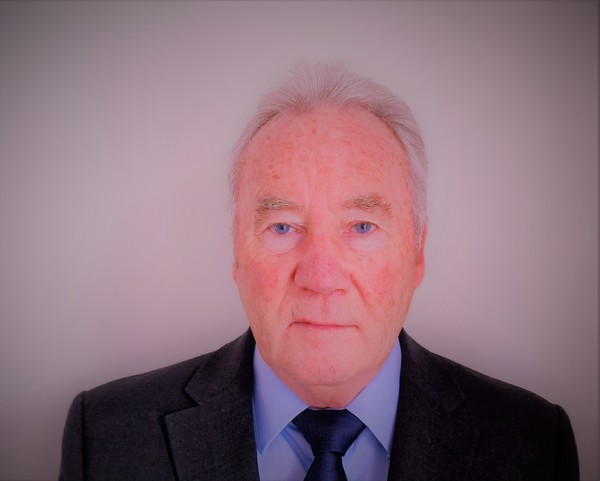Despite targeted and concentrated surveys carried out by Regulatory Bodies and Surveyors on behalf of the insurance industry, the fire risk due to defective exhaust manifold insulation on marine diesel engines is still unacceptable.
The primary fire triangle model below identifies the key ingredients to initiate and sustain an engine fire.
In this circumstance, oxygen and fuel are required to operate the engine. Isolation of the heat generated by the engine as a by-product of the combustion process must therefore be minimised to remove a major ignition risk. Exposed exhaust manifolds caused by damaged and missing insulation are a major contributor to the fire risk (Image 1).
Image 1
Recent surveys show that damage to exhaust manifold insulation on both main and auxiliary engines is significant, and deficiencies must be more effectively monitored and corrected.
Defects suggest that failure to adequately refit the insulation after engine maintenance is a primary cause, as most damage found is related to missing or dislodged insulation.
The damage is predominantly found on vessels over ten years old and engines that have been the subject of planned and corrective maintenance action, requiring the disturbance or removal and subsequent reinstallation of manifold insulation.
If a concentrated effort is not undertaken to eradicate the current deficiencies found, a greater risk to loss of life will remain, and extensive damage to the vessels, cargo and the environment will continue to occur. A selection of photographs below demonstrates the damage found (Image 2 to 5).
Image 2 to 5
The maximum surface temperature of the insulated manifolds under SOLAS should be below 220 degrees centigrade.
To reduce risk, we provide a number of economic and practical proposals that, in our opinion, should be immediately implemented within the industry:
- The introduction of documented quality control checks before recommissioning engines after maintenance is essential in ensuring that the engine is completely safe for use before returning it into service. This should include a visual inspection of exhaust insulation condition and the shielding of fuel pipework within the vicinity of the engine.
- Watchkeeping engineers should regularly check and log that exhaust manifold temperatures are maintained below the maximum allowable temperature.
- Surveyors carrying out Condition Surveys on behalf of the Insurance Industry should routinely use thermal cameras to check, record and present evidence of damage found and advise on recommended action required.
